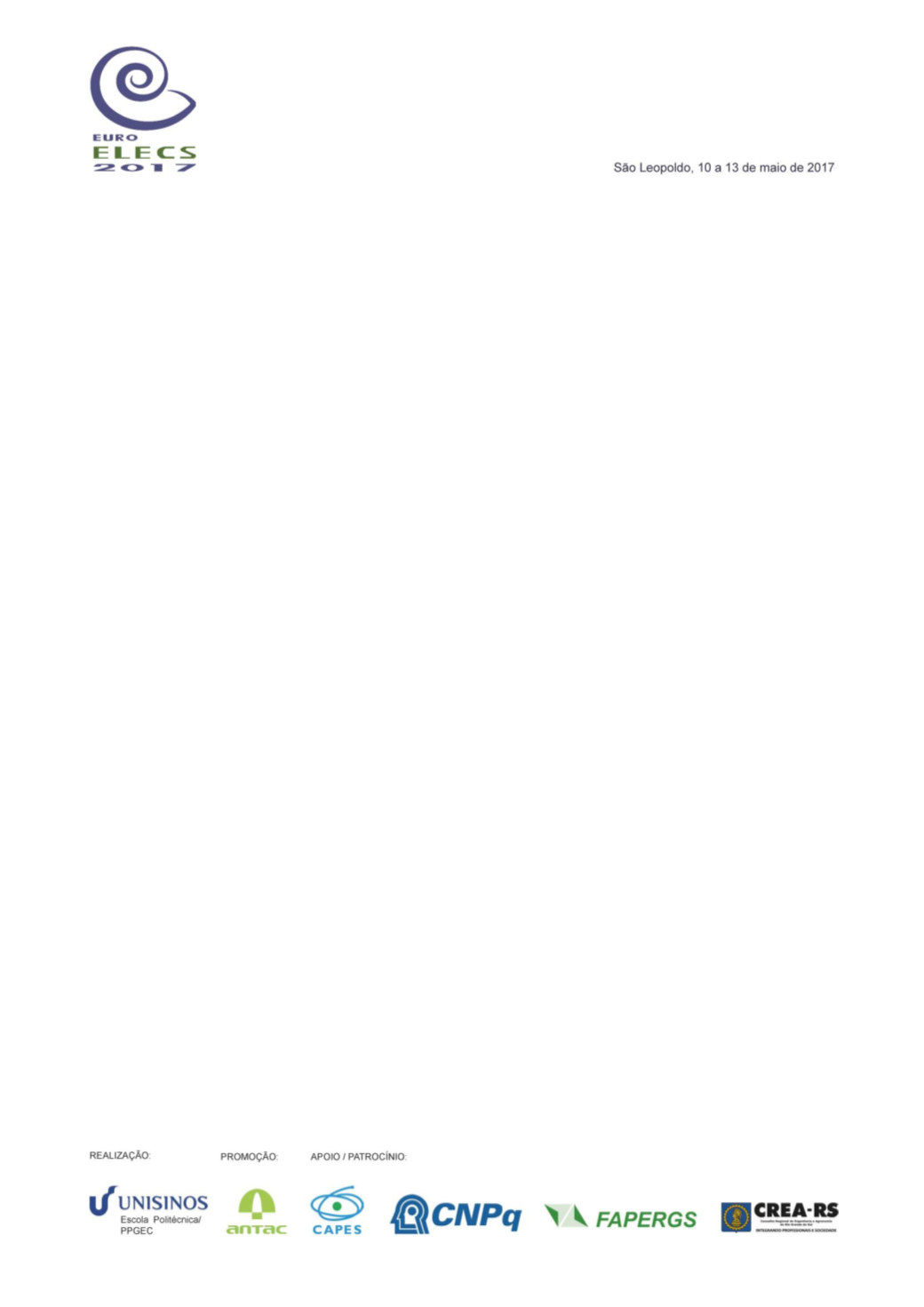

143
CASE STUDY: COMPARATIVE COST ANALYSIS REGARDING
ADAPTATION TO SILVER LEVEL LEED CERTIFICATION OF A
RESIDENTIAL BUILDING
ABSTRACT
The worsening of environmental problems on the planet has contributed to encourage public
awareness about the waste of resources in construction. In pursuit of minimizing impacts through
the life cycle of buildings, and as a relevant strategy, there are the green buildings, as well as
environmental certifications, among which there is LEED certification (
Leadership in Energy and
Environmental Design).
Brazil is one of the countries that stands out in terms of efforts to obtain
this certification. However, the northern region concentrates less projects of this nature than others
in the country, for reasons such as lack of information by professionals, also by insufficient
indicators about the increase of construction costs on this process. Thus, the objective of this
paper is to point the percentage differences of cost, in a residential building, between the original
value and the value adapted for LEED level silver requirements.
The case study consists of a quantitative and exploratory research, based on a comparison
between the original budget and changes related to job execution costs, in accordance with
necessary requirements for the LEED system. The analysis was set on budget items that were
modified in favour of accreditation. It was found an increase of 6.98% in the total cost of the work,
due mainly to adjustments related to energy and water efficiency. It is important to emphasize that
the increase verified in the total value of the work was compatible with literature references, so this
represents a contribution to develop parameters about the feasibility of similar sustainable
buildings in the north of Brazil.
Keywords:
LEED; cost; certification; green building.
1. INTRODUÇÃO
O Ministério do Meio Ambiente (MMA) estima que mais de 50% dos resíduos sólidos gerados por
atividades humanas sejam provenientes da construção, o que afeta diretamente o meio ambiente.
(BRASIL, 2016)
A intensificação dos danos ao meio ambiente pela indústria da construção cada vez mais
influencia práticas direcionadas à redução de desperdícios e perdas de recursos. Uma estratégia
para a minimização dos impactos ambientais ao longo do ciclo de vida das edificações é
representada pela existência de órgãos certificadores e avaliadores de desempenho ambiental,
visando agregar competitividade aos projetos, os quais tem inspirado melhorias em relação ao
desenvolvimento social e econômico, através de práticas sustentáveis de produção e consumo.
Na região norte do Brasil, o número de empreendimentos que buscam o selo LEED (Leadership in
Energy and Environmental Design) é pouco expressivo, havendo apenas 20 empreendimentos
registrados, localizados em 2 dos 7 estados da região, representando menos de 10% dos
empreendimentos nacionais desta natureza. (GBCB, 2016)
Ainda são muitas as dúvidas que envolvem o custo para a implantação do sistema de certificação
LEED. Leite (2013) defende que o principal motivo declarado por profissionais do setor imobiliário
em vários países é o acréscimo monetário referente à uma edificação sustentável.
Em virtude disso, será apresentado neste trabalho um dos sistemas de certificação ambiental de
maior expressão no Brasil nos últimos anos, o LEED, destacando os principais critérios de
avaliação e requisitos adotados para obtenção do selo nível Prata durante a fase de execução do
empreendimento escolhido para estudo de caso, situado na cidade de Belém, Pará.


















